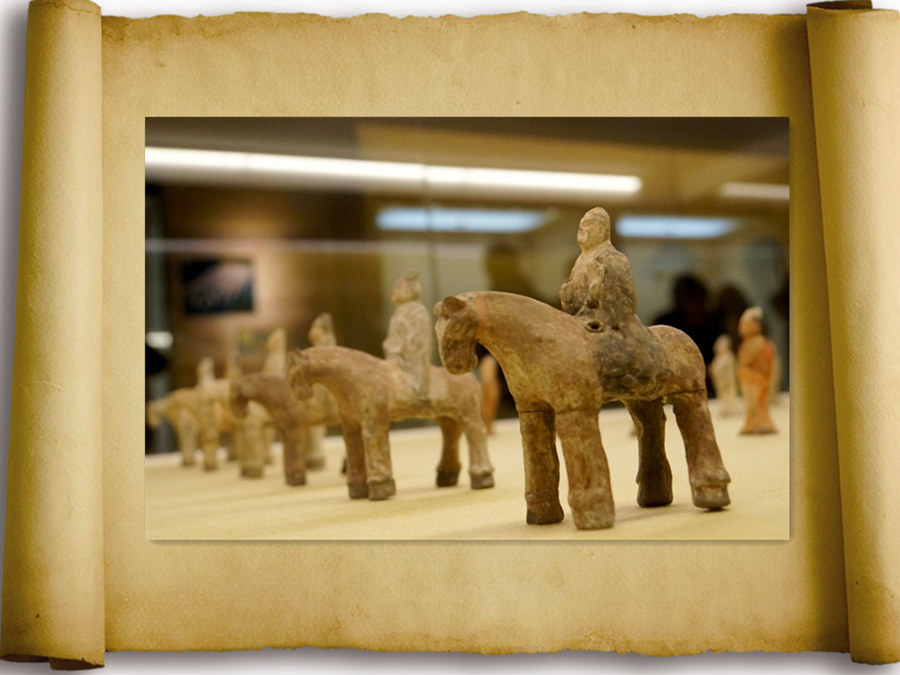







The legacy of the Silk Roads
In the 19th century, a new type of traveler ventured onto the Silk Road: archaeologists and geographers, enthusiastic explorers looking for adventure.
 |
|
Stone statues from Northern Zhou Dynasty (557AD-581AD) on display during a Silk Road-themed exhibition in Tianjin, April 11, 2015. |
Coming from France, England, Germany, Russia and Japan, these researchers traversed the Taklamakan desert in western China, in what is now Xinjiang, to explore ancient sites along the Silk Roads, leading to many archaeological discoveries, numerous academic studies and most of all, a renewed interest in the history of these routes.
Today, many historic buildings and monuments still stand, marking the passage of the Silk Roads through caravanserais , ports and cities.
However, the long-standing and ongoing legacy of this remarkable network is reflected in the many distinct but interconnected cultures, languages, customs and religions that have developed over millennia.
The passage of merchants and travelers of many nationalities resulted not only in commercial exchange but in a continuous and widespread process of cultural interaction.
As such, from their early, exploratory origins, the Silk Roads developed to become a driving force in the formation of diverse societies across Eurasia and far beyond.